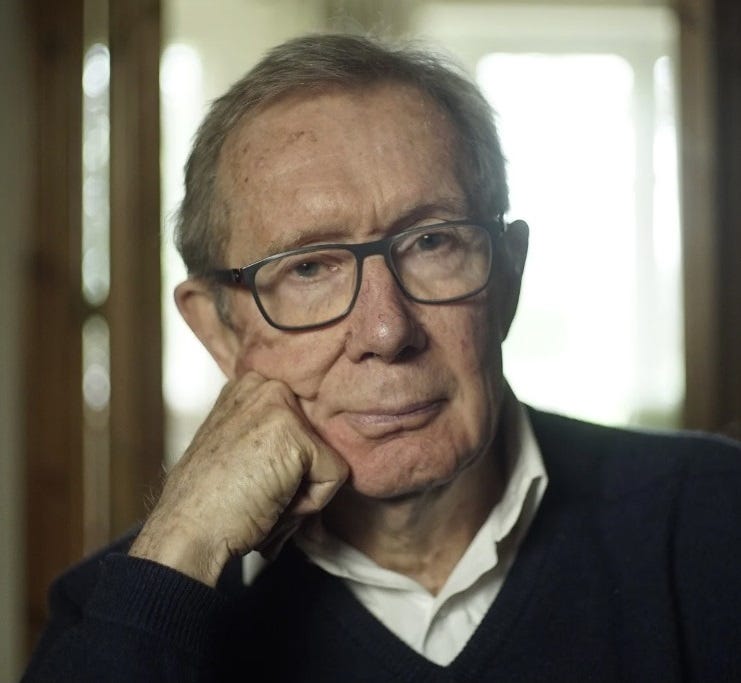Peter Taylor on The Troubles
Peter Taylor is a journalist who has covered The Troubles since 1972. Our editor met with him on the 25th anniversary of the Belfast Agreement.
When I was a teenager living on a British military base in Germany, my mother would hand me an extendable mirror and tell me I needed to check under the family car to ensure it did not have a bomb placed on the underside. I remember this vividly because I couldn’t tell the base of one vehicle from another, and so had an explosive device been placed there, I’d have assumed it was a vital component – perhaps part of the exhaust or something similar. We would sometimes hear rumours that a member of the IRA had been seen within JHQ Rheindalen, cycling by the tennis courts I seem to recall, which would make my search even more stressful.
The Troubles have therefore always held a deep interest to me. This makes me somewhat unusual among my fellow countrymen, many of whom barely think about Ireland. Peter Taylor, the veteran BBC journalist, was in that category up until the 30th January 1972 when 13 unarmed civilians were shot dead by members of the Parachute Regiment in the Bogside area of Londonderry (a fourteenth died of his wounds four months later). Taylor learned of the story in London and so immediately flew over to Belfast, and arrived in Londonderry that night.
“It was one of the landmark moments in the history of Northern Ireland, a landmark moment in my personal experience of coming to terms with the conflict…I didn't know where Londonderry was. I didn't know why it was called Londonderry and Derry at the same time. So I arrived not being a totally ignorant journalist, but being a rather naive young journalist who'd never actually set foot in Ireland, north or south before. And I arrived in Bloody Sunday on the evening of that Sunday after the killings had happened. We were going to film it for a documentary, but the company, Thames Television, wouldn't pay the danger money the union was demanding.”
Keep reading with a 7-day free trial
Subscribe to Aspects’s Substack to keep reading this post and get 7 days of free access to the full post archives.


